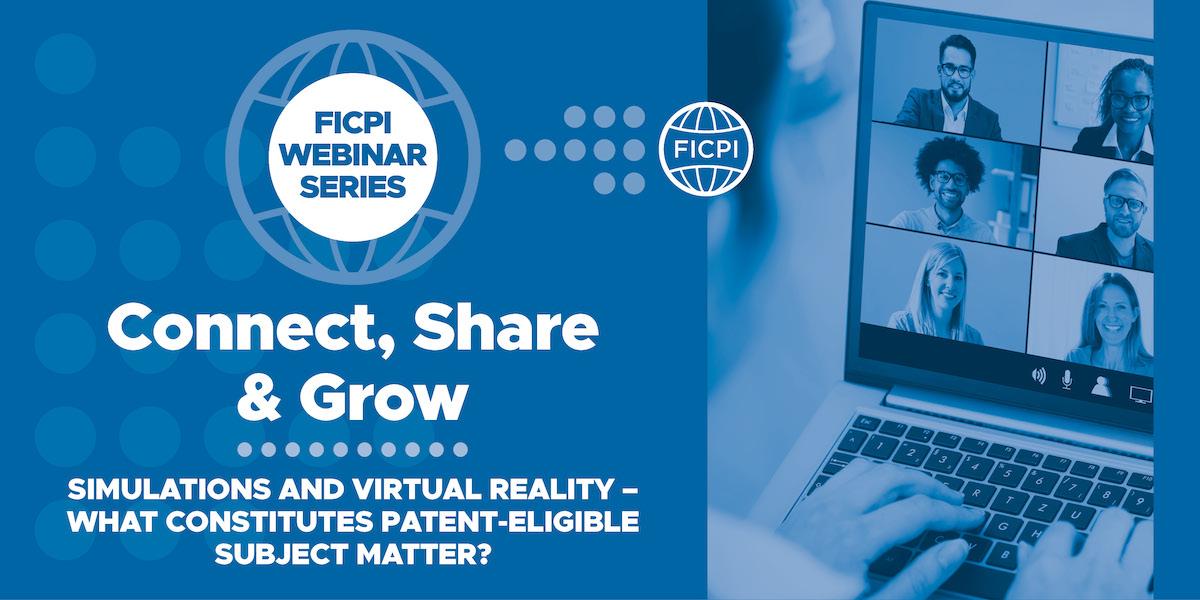
Event Information
Computer-implemented simulations need not per se interact with physical reality in any way, apart from the electrical currents generated in the computer’s circuitry. Simulations may be used to investigate the behaviour of physical systems or processes in the absence of an actual physical instantiation of the system or process in question. Since producing such a physical embodiment may be costly in terms of physical resources, time and so on, a simulation may be an efficient alternative.
Furthermore, simulations may allow the investigation of properties of systems or processes on massive scales, in ways that are not practically feasible to perform in physical reality. For instance, the statistical behaviour of a system or process can be evaluated using a large set of different initial and boundary conditions. Simulations also have great value in investigating, in particular optimizing, the behaviour of a technical/physical system as well as the interaction between humans and the system in question under conditions that can hardly or not at all be investigated in an actual physical installation, since it would result in the destruction of the system and/or even be dangerous. Examples are the operation of a system beyond the specified design limits or in hazardous situations, such as in the event of an accident, fire or the like.
Also, virtual systems are becoming increasingly common in many fields of technology. Today, for many engineers, the use of computer tools performing different types of simulations is standard. For instance, in physics modelling systems and augmented reality tools, simulation may be used as a building block. In parallel to this development, the work of many engineers today relates to systems that are purely digital without any direct connections to physical reality. In other words, both the input to such a system, the internal processing of the system and any output from the system may be only information. Hence, simulations (or other “virtual world inventions”) may interact with physical reality in different ways or may completely lack any such interactions.
To this end, one important question is whether or not an effect of a claimed solution must relate to the real world in order to have a technical effect and therefore contribute to the technical character of the solution. This webinar will focus on this important question and discuss whether simulations and inventions that exist solely (or at least mostly) in the virtual world (i.e. without necessarily existing in the physical world) can and should be patent-eligible subject matter.
Moderator:
Join moderator Brett Slaney, Chair of FICPI's Study & Work Group CET 6: Software, High-Tech, & Computer Related Issues and Patent Agent and Founding Partner at CPST Intellectual Property in Canada.
Speakers:
- Jennifer B. Maisel, a member of CET 6 and a Partner at Rothwell Figg Ernst & Manbeck in the USA
- Pete Sadler, a member of CET 6 and a Partner at Reddie & Grose in the UK
This is an interactive session and is open to all interested parties, whether or not FICPI members. CPD/CLE is available for attendees of FICPI Webinars. If a certificate of attendance is required, please contact [email protected].
